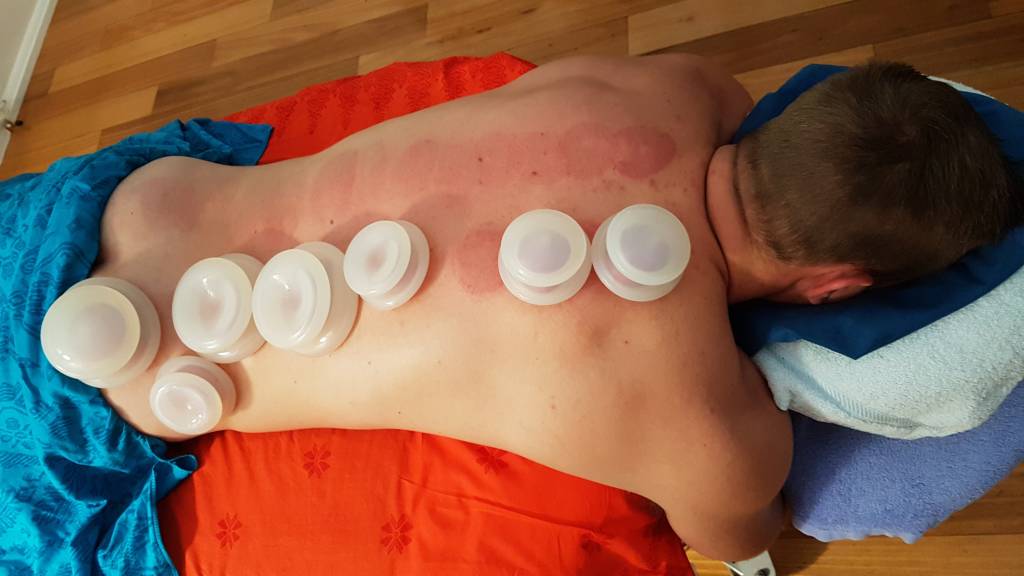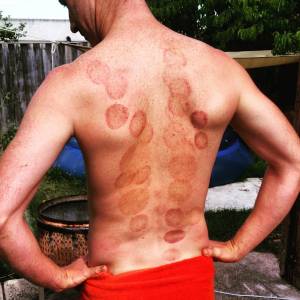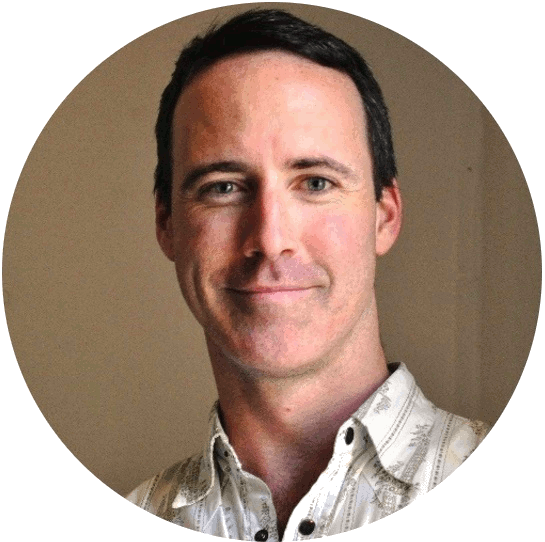Loosen, stretch, and separate.
Cupping is an ancient tradition common in Russia, China, Greece and Turkey, where “flash cupping” (glass cups heated with a flame) is the usual method.
In modern times therapists like James Maddock use flexible silicone cups that are easily adjustable for many applications.

Cupping is especially effective on immobile, stiff bodies, or where layers of muscle or connective tissues stick together and cannot easily slide across one another.
While conventional massage applies downward pressure using the hands and fingers, compressing the tissues, cupping applies pressure upwards using suction, lifting and separating layers of tissue. This treats your muscles fully, in all three dimensions. The idea is to create space and thus freedom of movement between the layers and structures within your body.
This space may also allow nutrient-rich, lubricating fluids to enter the gaps created, ‘greasing the wheels’, so to speak, and further improving your freedom and ease of movement.
What conditions can cupping help?
Myofascial cupping is extremely useful for improving any stiffness or immobility. it is therefore useful for the following conditions:
- Frozen shoulder
- ITB friction syndrome
- Carpal tunnel syndrome
- Postural imbalances and postural pain
- Rounded back (hyper-kyphosis / hyper-lordosis)
- Stiff neck / wry neck
- Hunched or rounded shoulders
- And much, much more…
Free yourself.
By stretching and separating your muscles and their surrounding tissues along specific lines, we can achieve targeted reductions in resistance and stiffness, and improvements in mobility, freedom, and strength. When your muscles are free to flex and relax as they wish, everything feels better.
As a result, clients often remark that the cupped areas feel “empty”, almost as if they are hollow or not there at all. They feel as if there is no longer anything holding them back from moving as was always intended.
How does it work?
By lifting and expanding the muscles, tendons, and surrounding structures, myofascial cupping dilates the bundles of muscle fibres, stretching them outwards. Regular massage only presses down and compresses your tissues, or stretches them sideways (longitudinally). Imagine a woven ball in your hands: massaging it compresses it locally. But if you stretch multiple sides of it apart, it stretches the entire structure at once.
It also effectively stretches the myofascia – the connective tissue that wraps around your muscles and holds their shape. Stretching the ‘packaging’ of your muscles gives your muscle fibres more room inside the package to freely relax and contract. This improves your functional movement.
Your nerve bundles are also wrapped in fascia, and myofascial cupping can also stretch that wrapping, freeing up compressed or constricted nerve pathways.
Additionally, cupping dilates your blood vessels and lymphatic vessels, too. Thus it can improve local oxygenation, nutrient delivery, and the clearing of cellular wastes.
Does cupping leave marks?
It can, but it doesn’t have to. There are two broad methods: gliding cups, and static cups.

If static cups are left for too long or are on too tight, they can leave circular red marks. These will fade in 3–5 days.
Gliding cups are far less likely to mark. They may elicit redness and blood flow but are generally moving just a little too fast to leave a circle.
If you have questions about myofascial cupping, send me an email or give me a call and I’ll be very happy to go through it with you.
